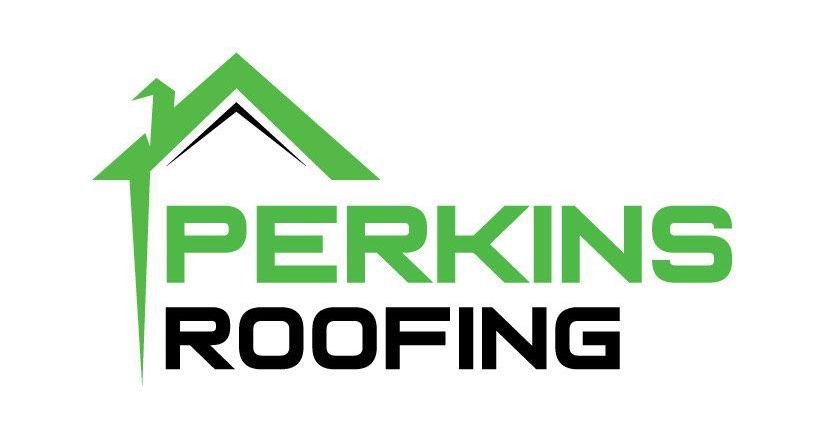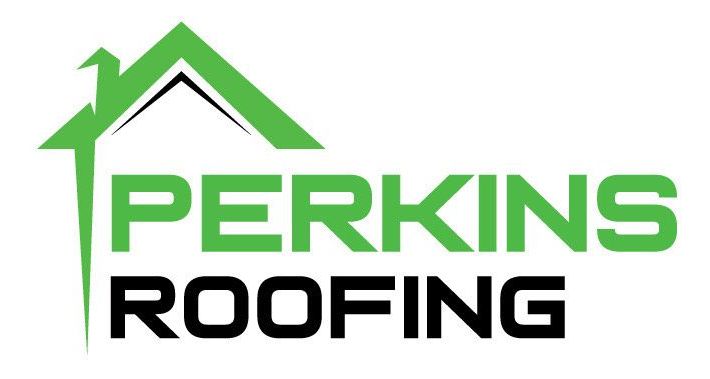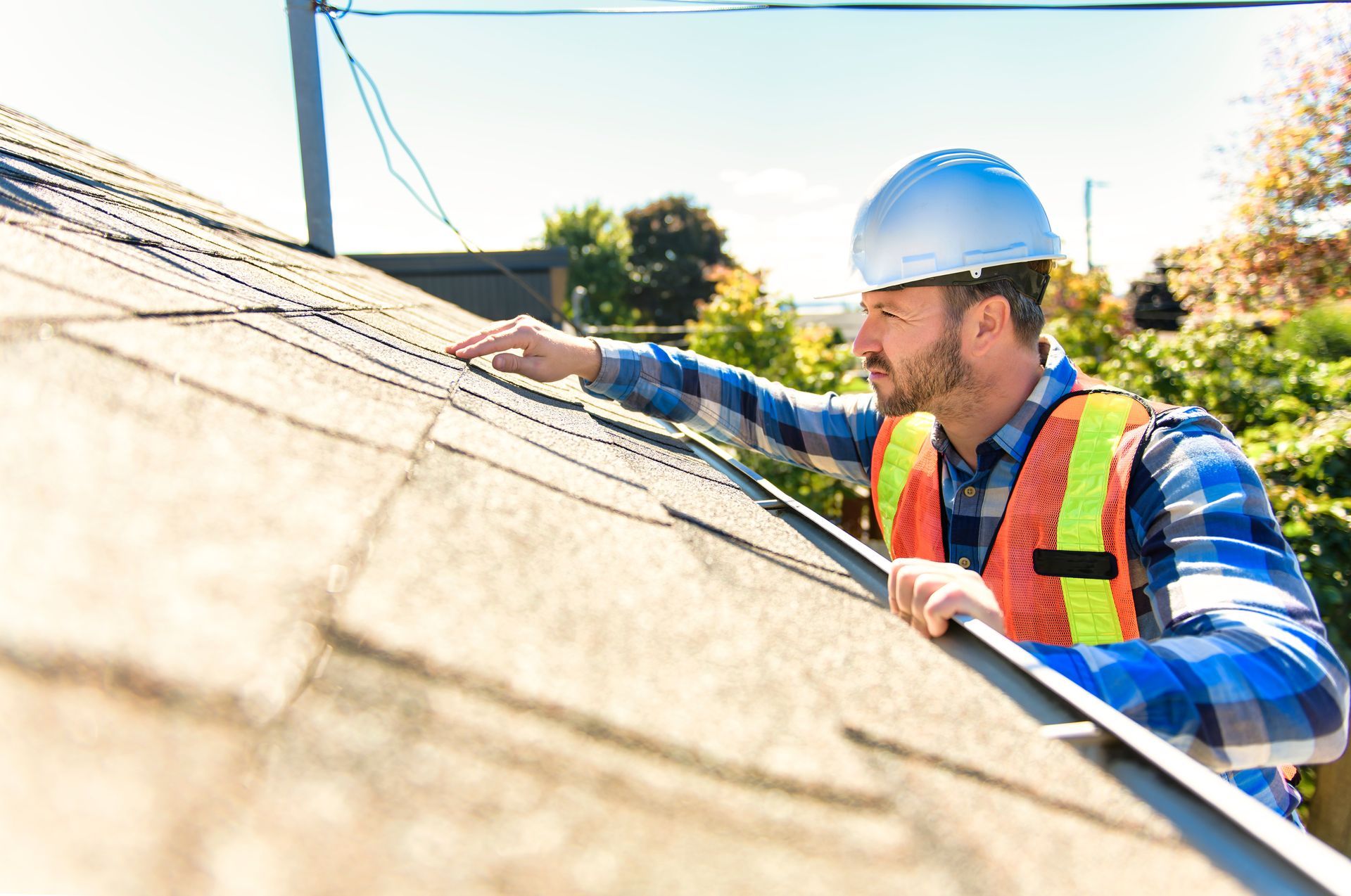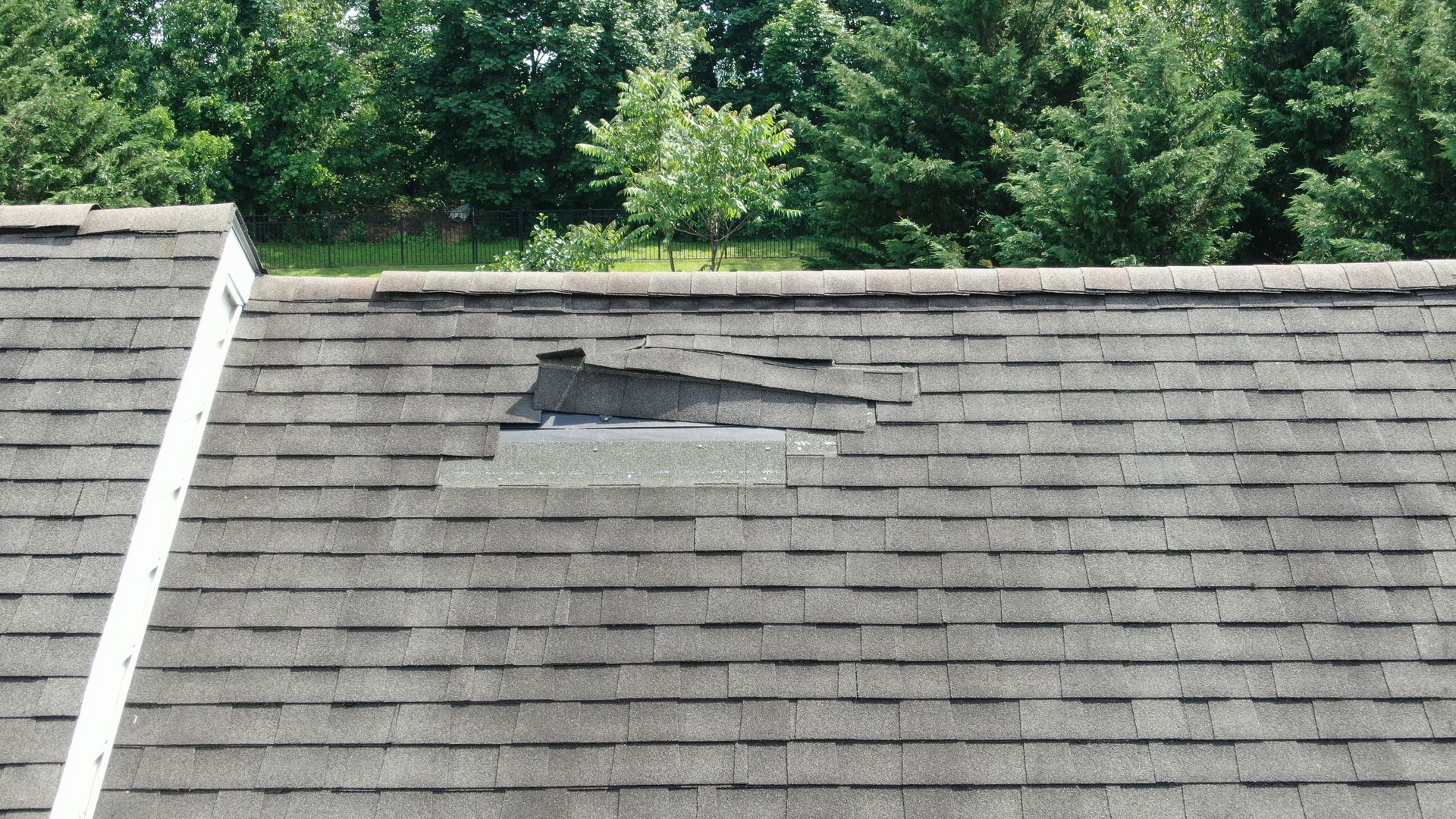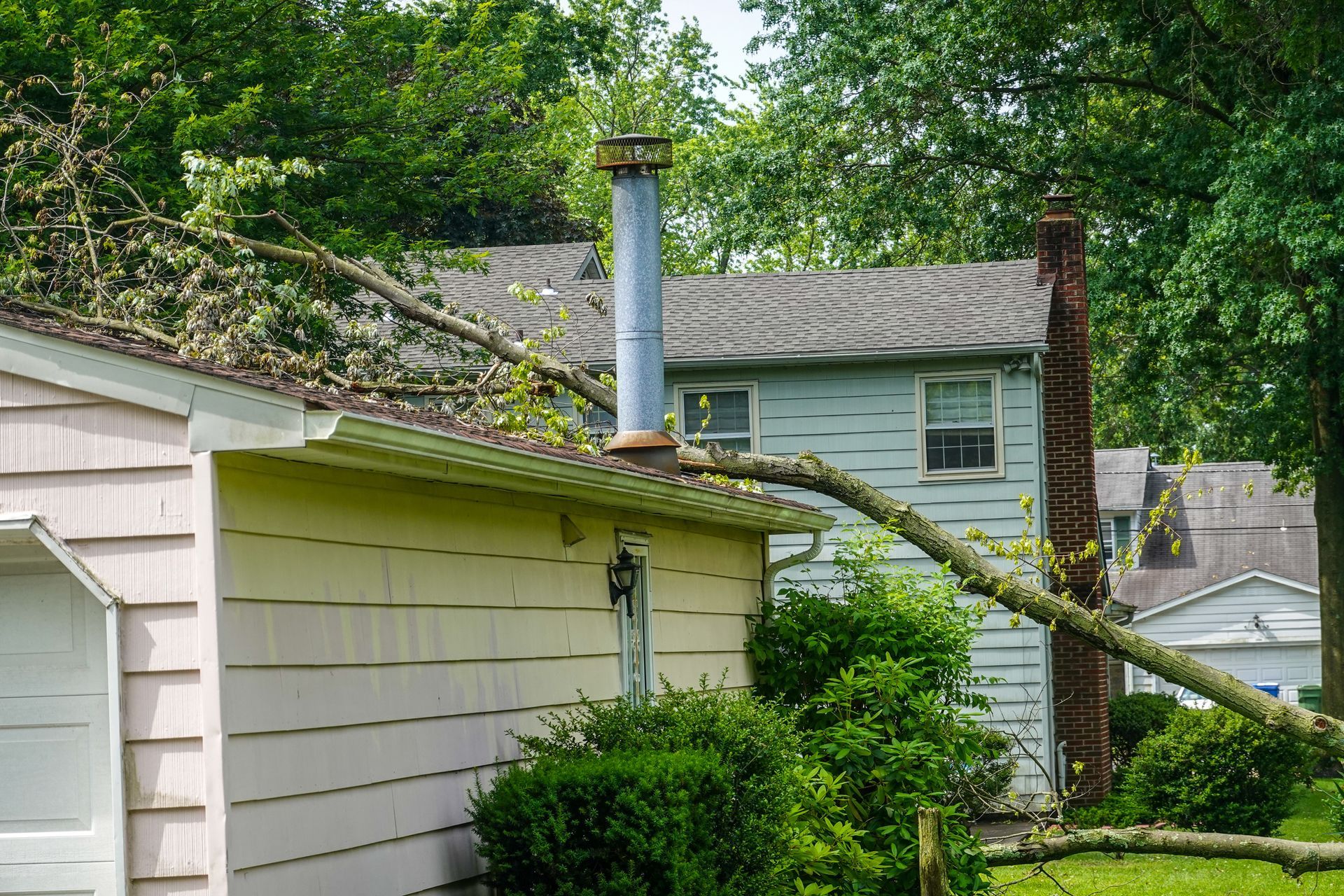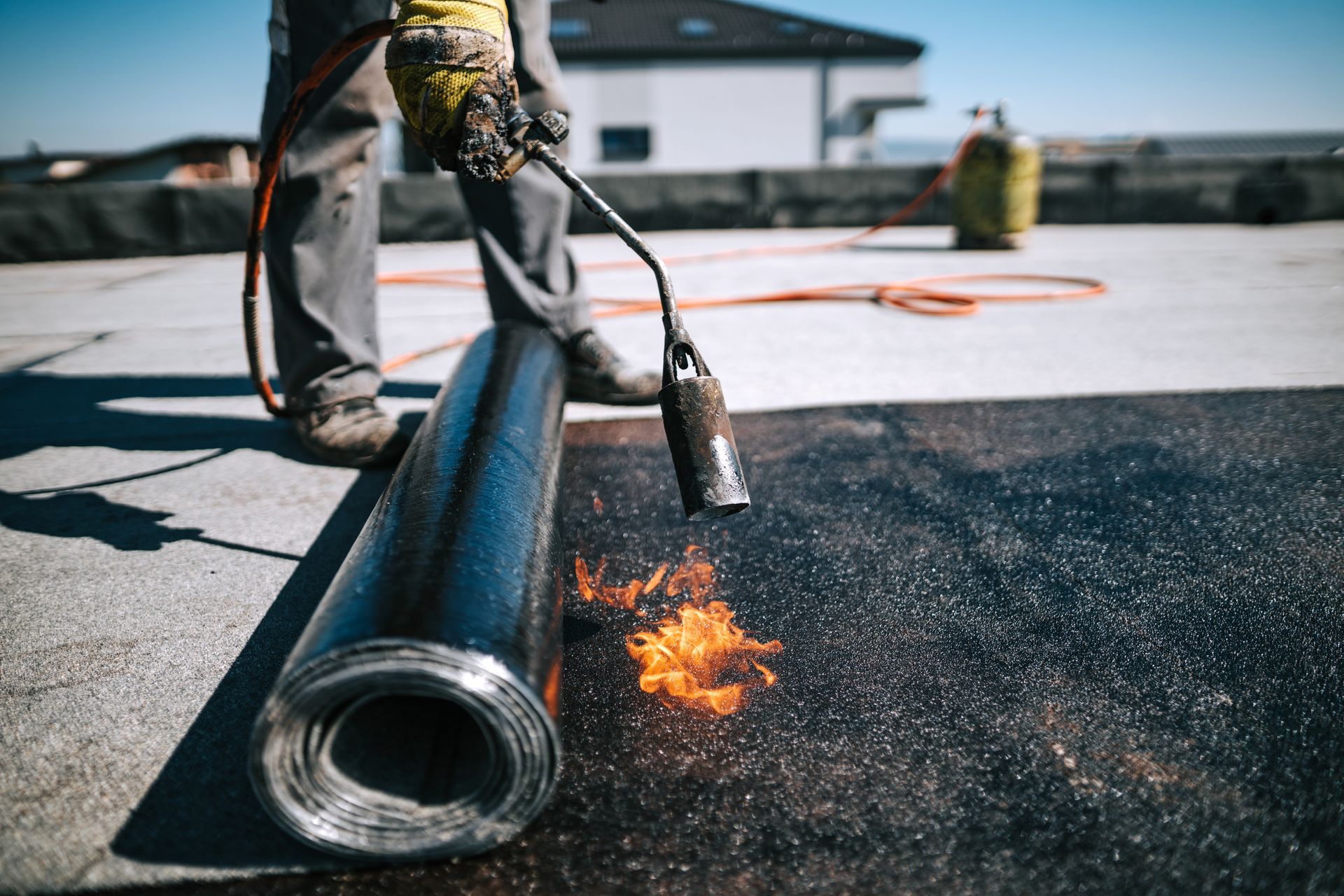call today, we'll be there tomorrow | (832) 702 0201
How Long Do Asphalt Shingles Last?
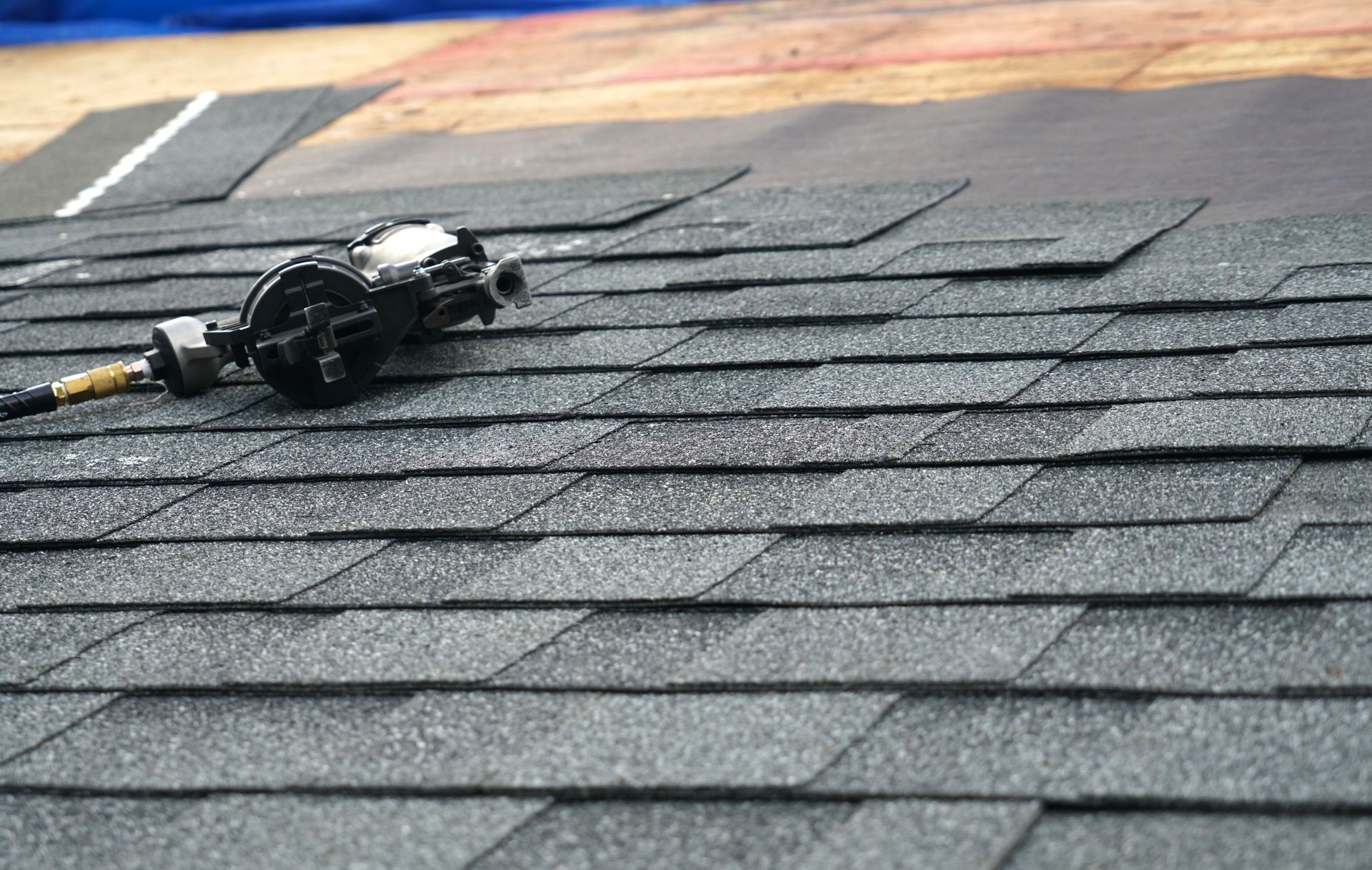
Generalizing the lifespan of asphalt shingles is complicated by the wide variety of choices, quality levels and styles on the market, but as a rule of thumb, they typically last between 15 and 30 years.
Asphalt shingles are one of the most popular roofing materials due to their affordability, versatility and ease of installation. They also boast a clean and consistent aesthetic that helps not only protect homes but ensure they look attractive and maintain optimal curb appeal for decades.
Although there are a lot of things to like about asphalt shingles, the lower end of the quality spectrum does pose some serious issues that homeowners should consider before having base-level three-tab shingles installed on their homes.
What Influences Asphalt Shingle Lifespan?
The lifespan of asphalt shingles can vary widely depending on the quality of the materials and their concentration, types of materials, manufacturing practices, climate conditions, installation techniques and maintenance practices.
For example, some manufacturers rely on higher percentages of limestone, calcium carbonate or fibered fillers, each of which can have a detrimental impact on longevity or performance. These lower-cost asphalt shingles won’t last as long as asphalt shingles composed of greater concentrations of higher-quality mineral fillers or advanced polymers.
Types of Asphalt Shingles
While different brands of construction materials in the same general purpose category can boast varying quality attributes, asphalt shingles are somewhat unique in the breadth of these differences. In other words, two products that could be accurately described as “asphalt shingles” might offer very different level of performance, aesthetic appeal, durability and projected lifespan.
The most popular types of asphalt shingles include:
- Three-Tab Shingles: Three-tab shingles are the most basic and affordable option available. They consist of a single layer of asphalt with cutouts, giving them a traditional flat appearance. Three-tab shingles are lightweight and easy to install, making them a popular choice for budget-conscious homeowners. However, they typically have a shorter lifespan of 15 to 20 years compared to higher tiers of asphalt shingles.
- Architectural or Dimensional Shingles: Architectural shingles, also known as dimensional or laminate shingles, are a step up from three-tab shingles in terms of durability and aesthetics. These shingles are thicker and heavier than three-tab shingles and feature multiple layers of asphalt, giving them a more dimensional look. Architectural shingles often mimic the appearance of natural materials such as wood or slate, providing a visually appealing finish to the roof. Due to their enhanced durability, architectural shingles can last 20 to 30 years or more, making them a popular choice for homeowners seeking longevity and curb appeal.
When choosing between three-tab and architectural shingles, it’s important to consider your budget, desired lifespan and aesthetic preferences. While three-tab shingles offer affordability and simplicity, architectural shingles provide superior durability and visual appeal.
The price difference can also be somewhat misleading at first glance. While replacing a roof with three-tab shingles is less expensive upfront, the reduced lifespan might negate the cost savings. A single roof replacement that lasts 30 years will cost less than two roof replacements that only last 15 years.
The roofing professional at Perkins Preferred Roofing can help you determine the best option for your specific needs and ensure a successful roofing installation that meets your expectations for performance and longevity.
Factors Influencing Shingle Longevity
Several factors can impact the lifespan of asphalt shingles, including:
- Quality of Materials: High-quality asphalt shingles made from premium materials instead of low-cost fillers tend to last longer and withstand environmental stressors better than cheaper alternatives.
- Climate Conditions: Extreme temperatures, high winds, heavy rainfall and exposure to sunlight can all affect the durability of asphalt shingles.
- Installation Quality: Proper installation by experienced roofing professionals is crucial for maximizing the longevity and performance of asphalt shingles.
- Maintenance Practices: Regular inspections and appropriate repairs when problems arise can extend the lifespan of an asphalt shingle roof. Failing to address small problems can lead to bigger issues down the road.
Signs It's Time to Replace an Asphalt Shingle Roof
While asphalt shingles are relatively durable and proactive shingle inspections and repairs can increase the longevity of your shingles, even the best dimensional or architectural shingles will eventually wear out and require replacement. That’s why it’s important to pay attention to the common signs that it's time to replace your asphalt shingles. When you get a good look at your roof while pulling into or out of your driveway, or anytime you happen to be walking around your house, be sure to look for:
- Curling or buckling shingles
- Missing or damaged shingles
- Cracked or blistered shingles
- Granule loss or bald spots on the shingles
- Excessive algae or moss growth (or black streaking on your shingles)
Have High-Quality Asphalt Shingles Installed on Your Roof in The Woodlands
For professional guidance on selecting and installing asphalt shingles on your home, contact Perkins Preferred Roofing. Our team of experienced roofing experts can assess your roofing needs, recommend the best shingle options and ensure a quality installation that will stand the test of time.
Don't compromise on the durability and performance of your roof—partner with Perkins Preferred Roofing for reliable roofing solutions in The Woodlands. Start by contacting us here on our website today for a free consultation or give us a call at (832) 702-0201.
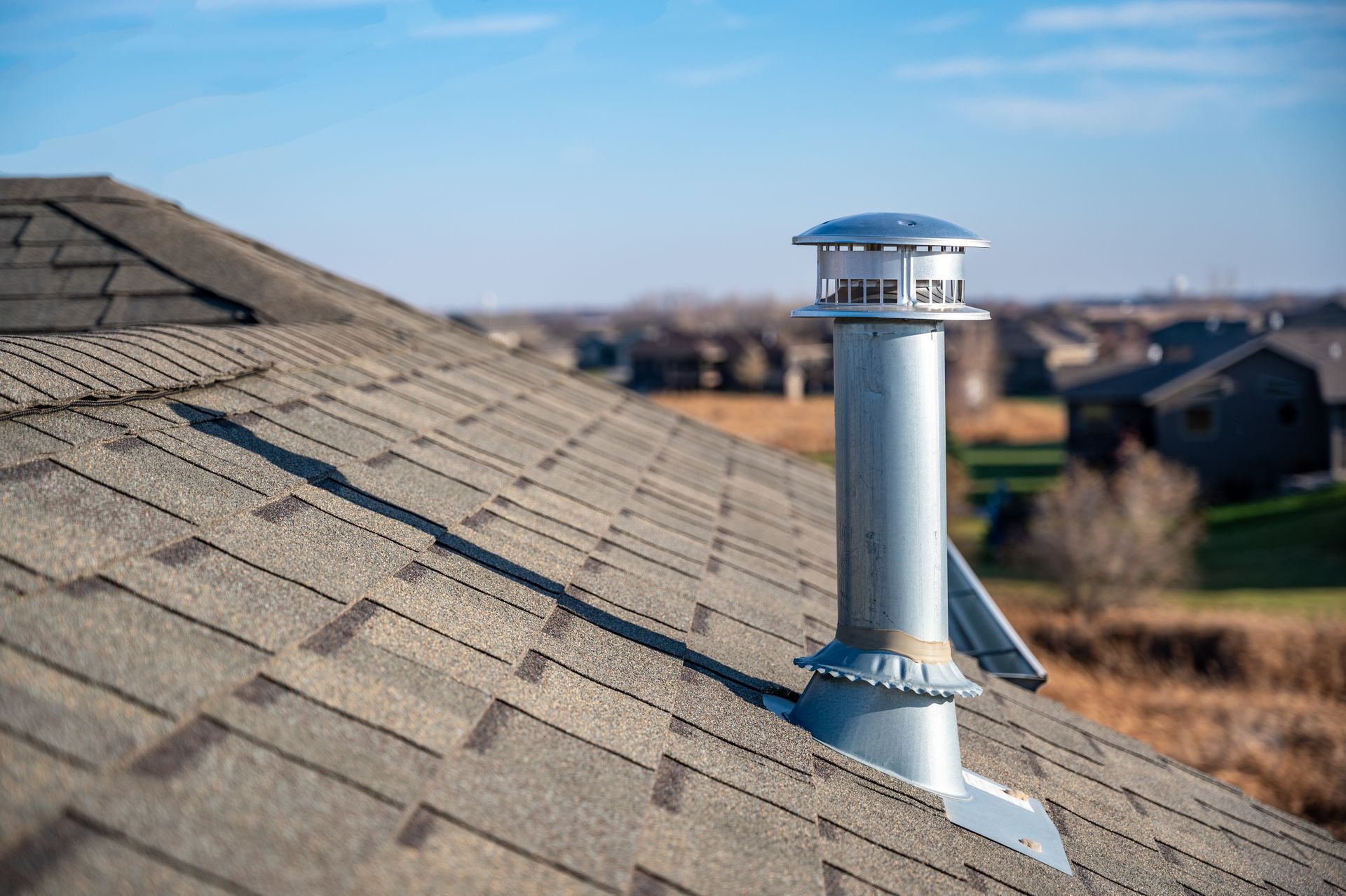
LET'S GET YOU TAKEN CARE OF
our customers are our neighbors.
Contact Us
We will get back to you as soon as possible
Please try again later
our services
WHERE TO FIND US
45 Cascade Springs Pl
The Woodlands, TX 77381
All Rights Reserved | Perkins Roofing
Privacy Policy | Powered by REV77 Digital Marketing Agency
